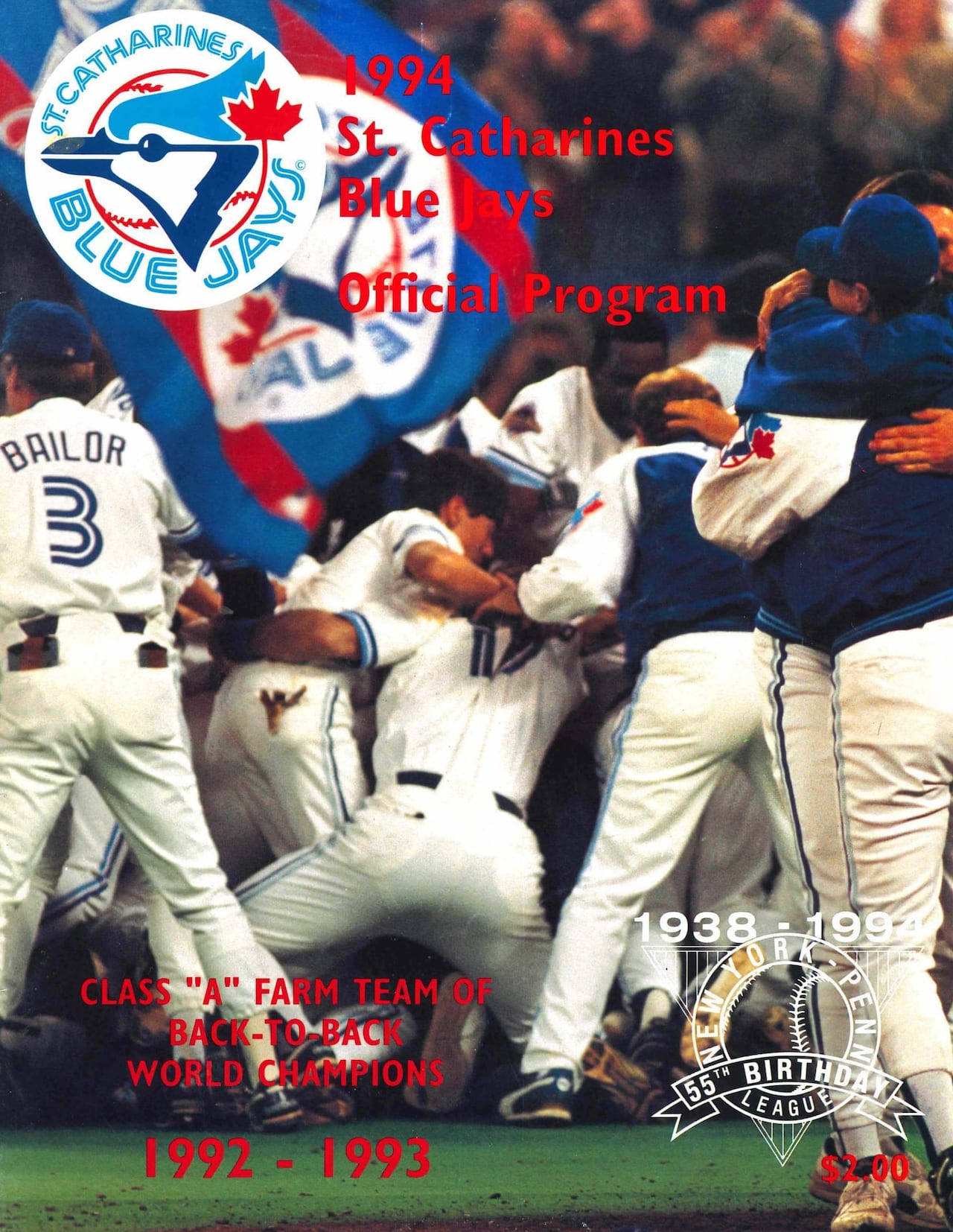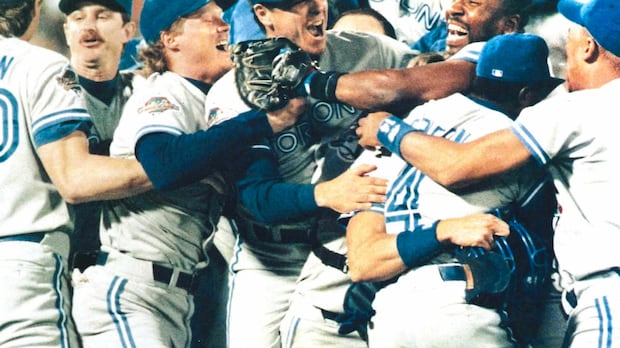The last time the Toronto Blue Jays’ were off to the World Series, 32 years ago, they made their way to the top with help from the city of St. Catharines, Ont., and their team, once known — and loved — as the Baby Jays.
The Toronto MLB organization formed the St. Catharines Blue Jays in 1985 to attract fans outside of Toronto. St. Catharines entered the New York-Penn League (NYPL) a year later and was affiliated with Toronto for a decade. St. Catharines was a stepping stone for players to move on to the major leagues, and many of them did.
Known more as a hockey and rowing city, St. Catharines was an ideal location for baseball due to its proximity to Toronto and its field, then called Community Park. It met the requirements for St. Catharines to play in the NYPL, a Class A short-season minor league that ran from 1939 to 2020.
“This league is what was colloquially called an ‘up or out’ league,” said David Siegel, a retired political science professor at Brock University who now writes for the Society for American Baseball Research.
“Either you’re good enough to move up to the next level or you’re out of baseball.”
Siegel scrolled through microfilms of newspapers at the St. Catharines and Welland libraries, digging up any records on minor league baseball teams in the Niagara Region.
He was also a regular at the St. Catharines games.
“For some players, this was the first stop after they had played college baseball in the U.S.,” said Siegel. “It was also for Latin players.”
One of those players was Carlos Delgado. He started with St. Catharines as a catcher and designated hitter then went on to play first base and other positions for Toronto, helping those Blue Jays win their second consecutive World Series, in 1993.
Here’s what made Toronto Blue Jays legend Carlos Delgado say ‘what the hell is going on here’ when he came to play for the Toronto Blue Jays’ single-A affiliate in St. Catharines as a 16-year-old.
“Short-season A is the lowest level of the minor leagues, but it was clear when he was at that level that he was going to be a star,” said Siegel.
Delgado fondly recalls Baby Jays days
Delgado, now 53, remembers his minor league days with St. Catharines in 1989 and 1990 as if “it was yesterday.”
“A young kid from Aguadilla, Puerto Rico, then, all of a sudden, finds himself in Canada,” Delgado told CBC this week. “All I know was that it was close to Niagara Falls.
“We didn’t know where St. Catharines was, but it was the start of a dream.”
Delgado was one of many starry-eyed teenagers who came to the Niagara Region city to launch a career in baseball.
“We rented a bike to get from the house to the stadium,” he said. “We thought that was the biggest stage in the world.
“It was a smaller stadium, obviously, and, you know, the fans came out,” Delgado said. “Every big leaguer — we look back to our career and we appreciate all those moments.”
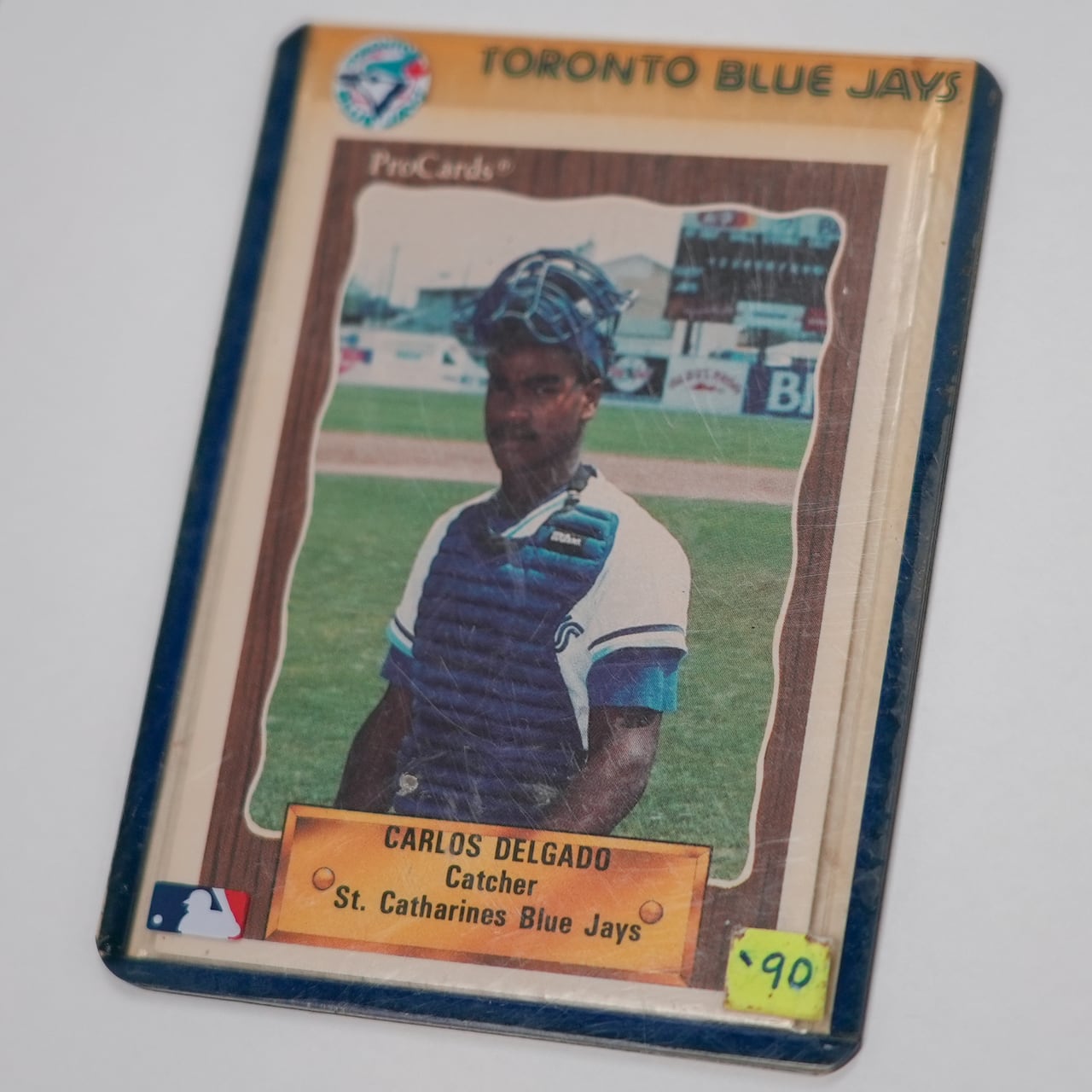
Delgado and many other minor league players lived in St. Catharines with foster families.
“They took us to Niagara Falls and they ordered french fries and vinegar. I’m like, ‘What the hell is going on here?'”
Other former Baby Jays who went on to win a World Series with Toronto include Pat Hentgen and Rob Butler.
For Delgado, who was inducted into the Canadian Baseball Hall of Fame in 2015, those were fond memories of his early life in Canada.
St. Catharines aims to boost sports tourism
The City of St. Catharines upgraded what was then Community Park (it’s now called George Taylor Field) behind the Royal Imperial Collegiate of Canada.
With a Blue Jays affiliate team coming to town, there were hopes of building a baseball stadium in downtown St. Catharines.
In a 1986 brochure introducing the Baby Jays, St. Catharines hoped that the team would better its image in the “eyes of millions of potential tourists,” and bring thousands of visiting baseball fans and teams.
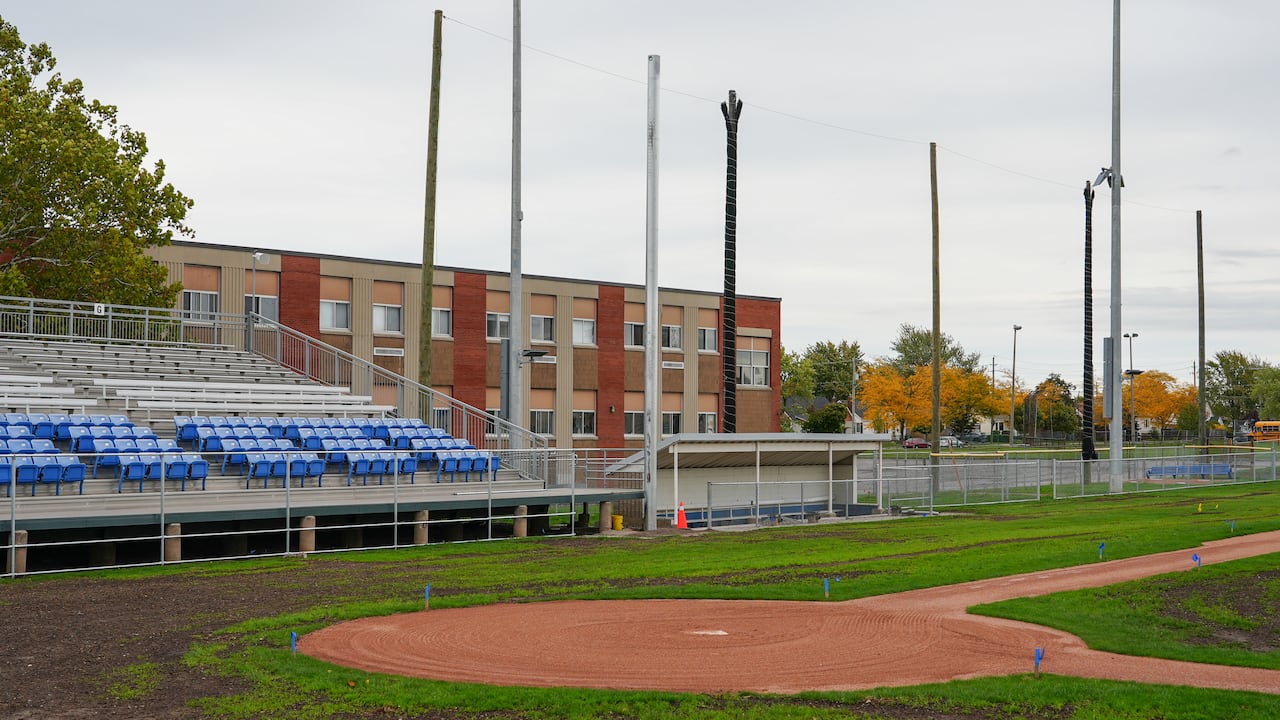
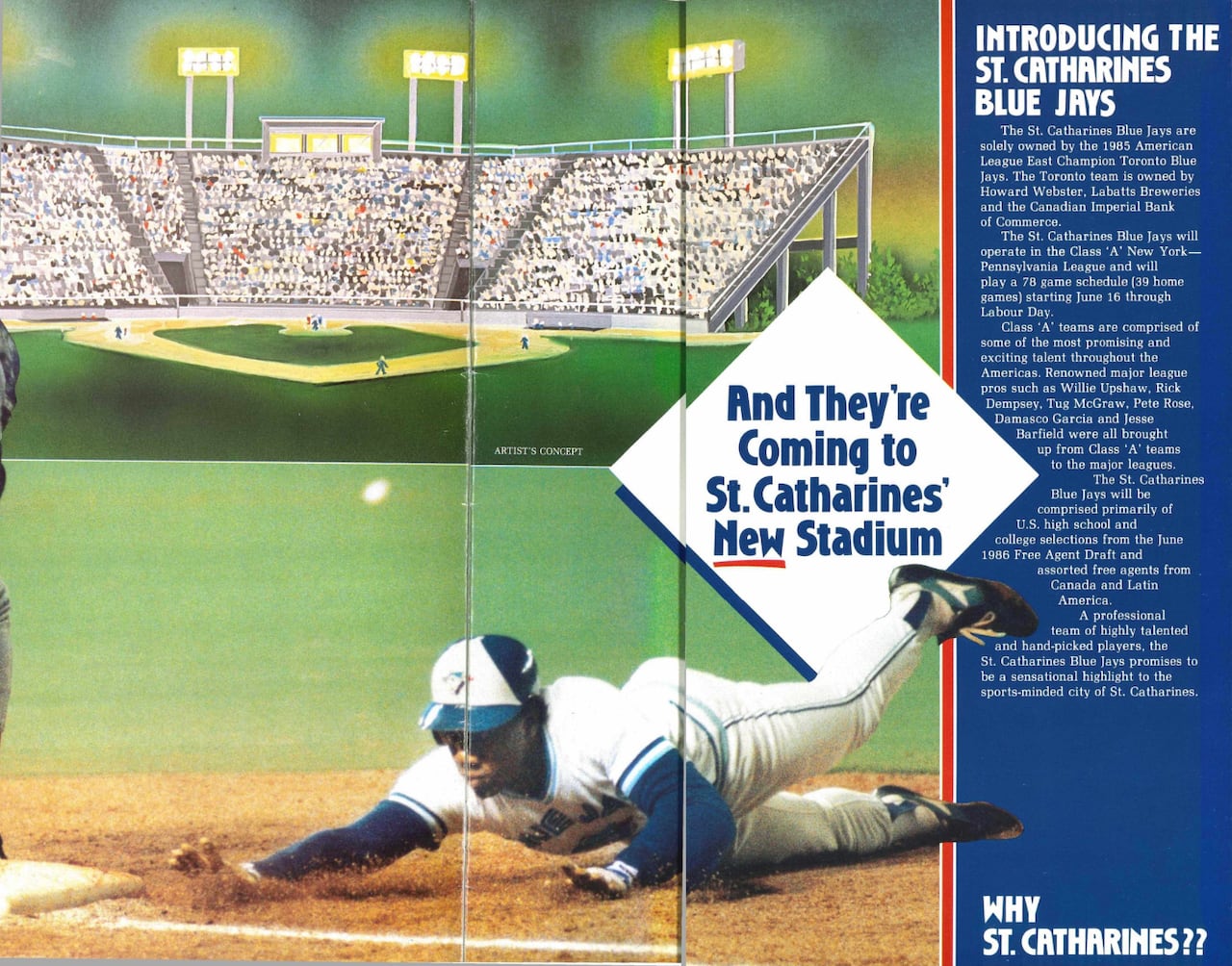
The Baby Jays were later featured in print ads of local businesses. There was also a Baby Jays fan club so people could organize sports and social events, with membership costing $10 to $15.
However, Siegel recalled the nearby Dairy Queen as the only business that profited off the team drawing packed crowds.
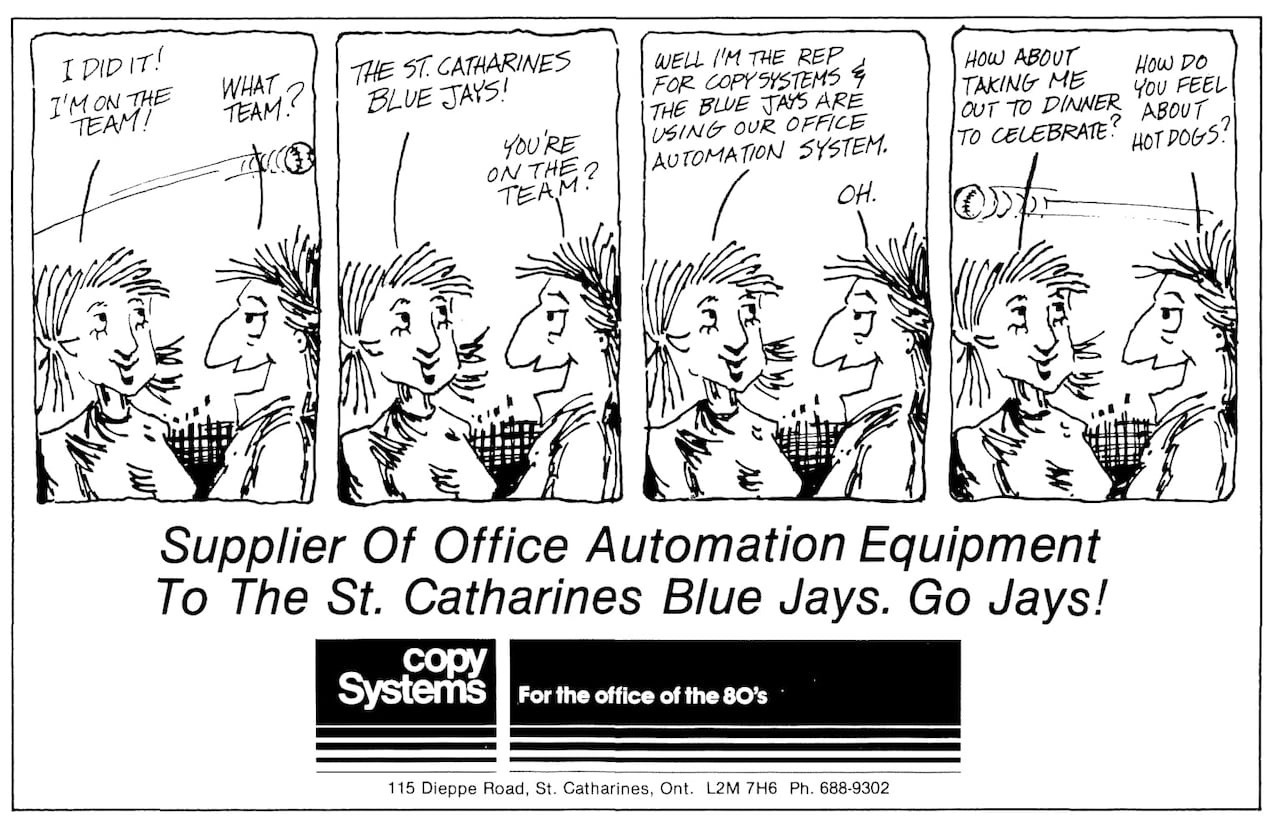
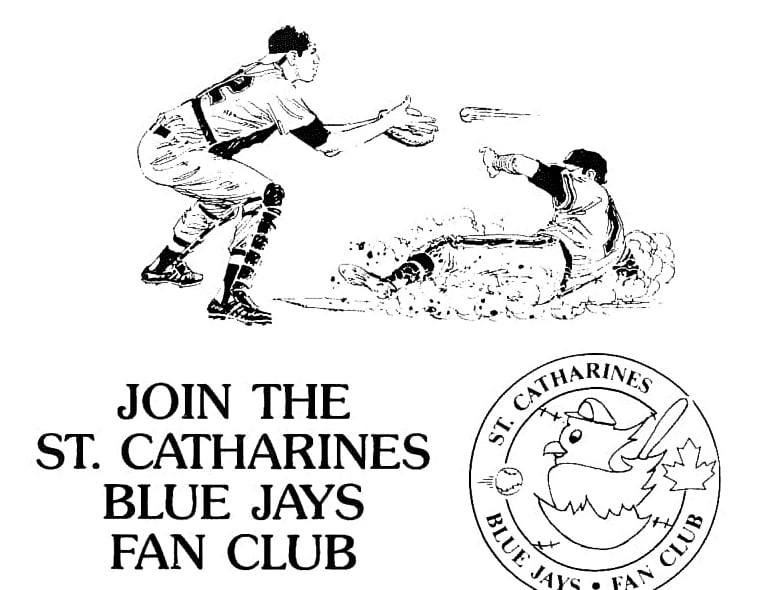
Jordan Clark, 37, grew up watching the Baby Jays even up to when they were rebranded as the St. Catharines Stompers in 1995. He created a Facebook fan page of the Stompers’ tribute softball team he’s a part of.
“Coming back here seeing the stadium, it seems much smaller than when I was a kid,” Clark said, looking over the rows of blue seats in the signature Blue Jays colour. “It’s definitely a piece of heritage sitting here.”
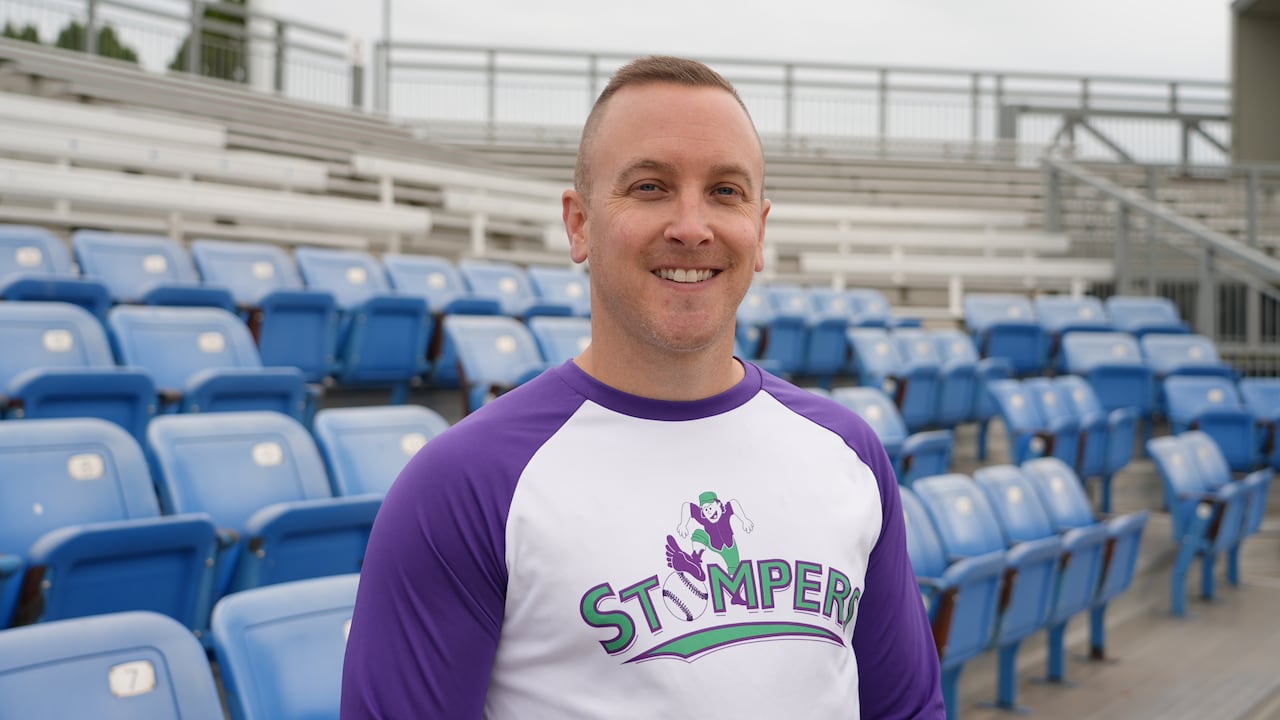
“The late [1980s], early 90s, it was a big topic,” Clark said. “Even after the games, when you’re in the store the next day, people are talking about it, catching up on how the game went.”
From Baby Jays to Stompers
After nine years, Toronto sold the Baby Jays for $1 million to local businesspeople and investors.
Terry O’Malley, an advertising whiz in St. Catharines, was one of the buyers who had the idea to rebrand the Baby Jays into the Stompers in 1995, a reference to the city being in Ontario’s wine belt.
Siegel believed the new owners were looking to hold on to the team until they could sell it to “emerging corporations that owned a string of minor leagues.”
Dreams to build a baseball stadium fizzled out and the former Community Park “was not at a very good location. It was a serviceable park, not a particularly nice park in St. Catharines.”
It wasn’t a shock to Siegel that the minor league team left St. Catharines in 1999.
“I still got my Stompers hat that I pull out every once in a while. It [the team] came, and then it left. And for those few of us who are real baseball fans, it was great.”
